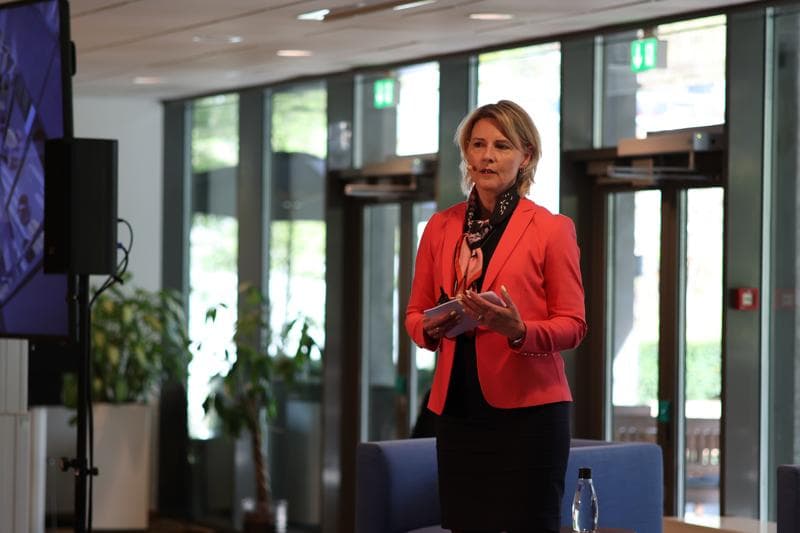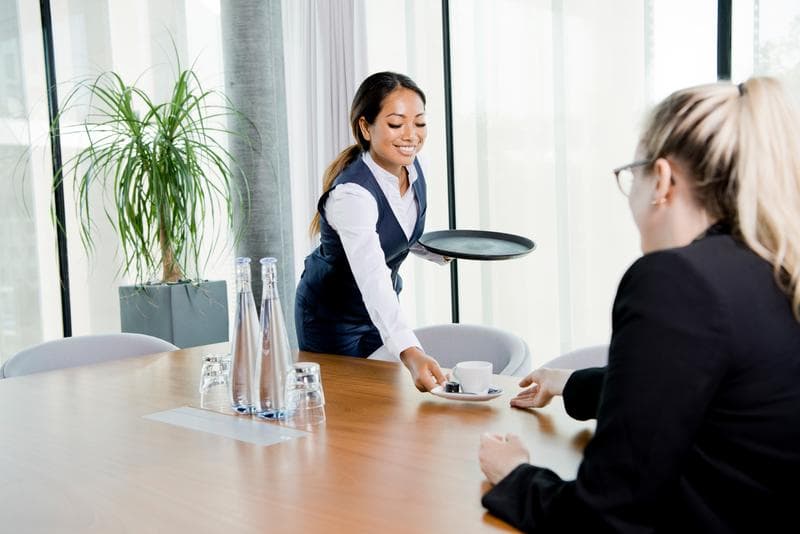Designing workplaces people want to be in
Recognising that physical space plays a major role in drawing people back, Nordea invested in creating environments that feel more like home. Sofas, lounge areas, soft lighting, art, and improved coffee and food offerings were introduced to make the workplace welcoming and human.
Our research confirms that food services are the top motivator for employees to return to the office more regularly—highlighting how everyday experiences influence workplace engagement.
Nordea’s offices now support different work modes through multi-zone design:
• Dynamic zones for collaborative or energetic work
• Focus zones for quiet concentration
• Shared spaces like cafés, kitchens and lounges that foster connection and reduce environmental impact through space optimisation
This modular design not only supports diverse working styles but also reduces real estate overhead and supports sustainability goals – making it a win for both people and the business.
The office as a culture hub
Looking ahead, Christina sees a future where hybrid work remains, but the office evolves into a strategic cultural hub:
“It’s not just about retaining employees – it’s about creating a sense of belonging. The office should give people the feeling that they’re part of something bigger.”
This view was echoed by FutureTalent founder Caroline Hart Sehested, who joined Christina in urging organisations to invest in belonging, not just flexibility.
Final takeaway: Leading the workplace evolution
Nordea’s story shows that workplace transformation isn’t about policies or perks alone. It requires leadership, dialogue, and a willingness to reimagine both culture and space. Leaders must work hand-in-hand to deliver environments that are not only functional but strategically aligned to purpose and people.




